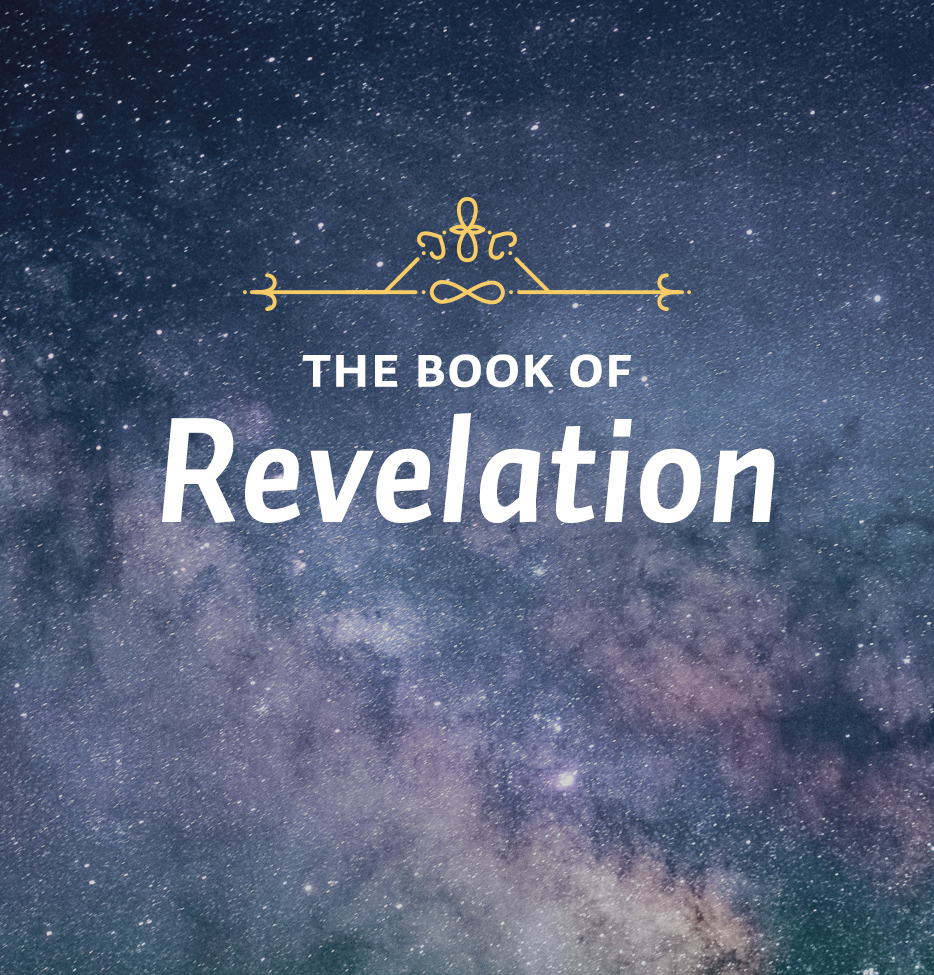How Worship Should Be DoneRevelation 4:1-8Theme: Reverence for holiness.This week’s lessons teach us the appropriate way to approach the Almighty. LessonWhen John is caught up into heaven and passes through the door, he sees the throne of the Almighty. That word “throne” occurs seventeen times in these two chapters, and about forty times overall in the Book of Revelation. It introduces a magnificent scene. I invite you to try to begin to visualize it in some way.
We are not to take this necessarily as a literal description, because what John is sharing with us is a vision, something like a dream. This is symbolic language. It’s supposed to teach us things about Jesus and about God. What these chapters are actually doing is describing the universe from a heavenly point of view. William Hendriksen puts it well. He says, “The purpose of this vision is to show us in beautiful symbolism that all things are governed by the Lord on his throne.”
The flow of the book goes from earth to heaven. In the letters to the churches, we read about the church on earth, and all its problems. Then John takes us from that scene to heaven, to show us that all things are in the hands of Almighty God and the victory is God’s. Those who are threatened by Caesar’s throne are to know that there is a greater throne than Caesar’s and that the path of history is being determined by the One who is able to turn even the hearts of kings to do his pleasure.
First of all we will examine the throne of God. It’s interesting that John doesn’t describe God. He doesn’t describe God because God can’t be described. All he says is that he saw someone sitting on the throne, who had, he said, “the appearance of jasper and carnelian.” Jasper is an unknown stone even though we have a stone called jasper today, but later, in chapter 21, it’s said to be clear as crystal. So it suggests something like a diamond. And carnelian is a deep-red-colored jewel. He’s saying that God is valuable and radiant in his glory. He uses images that we can understand to describe what is ultimately beyond our comprehension. There are several more descriptive features. God’s throne is “surrounded by a rainbow resembling an emerald” (v. 3). The only other biblical reference to a rainbow is the rainbow that was given to Noah after the flood, as a sign of God’s covenant of grace. So, it must be referring to that. What it’s saying is that God, who appears here at the end of the Bible, is the same God who was there at the beginning of the Bible and that his character has not changed. He’s a gracious God, and where he makes covenant with his people, he keeps the covenant.
Verse 5 moves on from Genesis to Exodus when it speaks of flashes of lightning, rumblings, and peals of thunder. That recalls the appearance of God on Sinai in the days of Moses and the Exodus. What this is speaking of is the holiness of God. It reminds us that he’s the one who gives the Law, and his Law doesn’t change. God is holy and he will judge evil. Indeed, that’s what much of the book is about.
The first thing John is telling us about, here, is the nature of God and the nature of those who are in his presence. “Who may ascend the hill of the Lord?…He who has clean hands and a pure heart” (Ps. 24:3-4). None of us has clean hands and a pure heart. And if we’re to join in that heavenly chorus and be part of that worship scene, it has to be by the blood of Jesus Christ which alone is sufficient to cleanse us from our sin. Have you been washed in that blood? This is a serious thing. This is reality. This is heaven. It’s the destiny of those who know Christ. It’s not the destiny of those who don’t know him. It’s very important that you get that settled and you get it settled now.
Study Questions
According to William Hendrickson, what is the purpose of John’s vision?
What are we to infer from John’s mention of God as being like jasper and carnelian?
What is the significance of the rainbow around God’s throne?
Further StudyRead about the establishment of the rainbow as a covenantal sign in Genesis 9:1-17.
ReflectionMeditate on Psalm 24:3-4.






